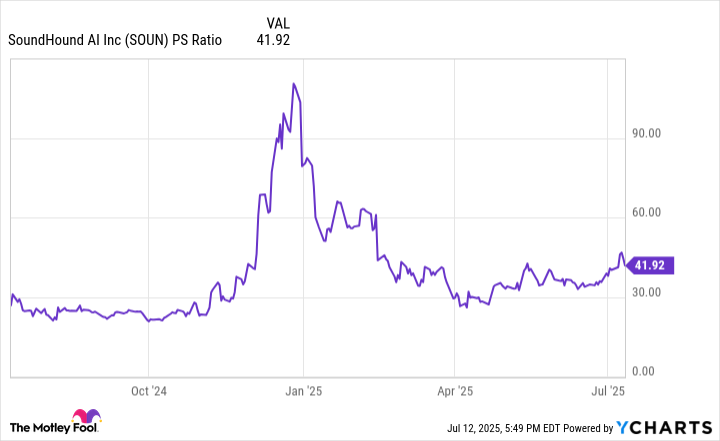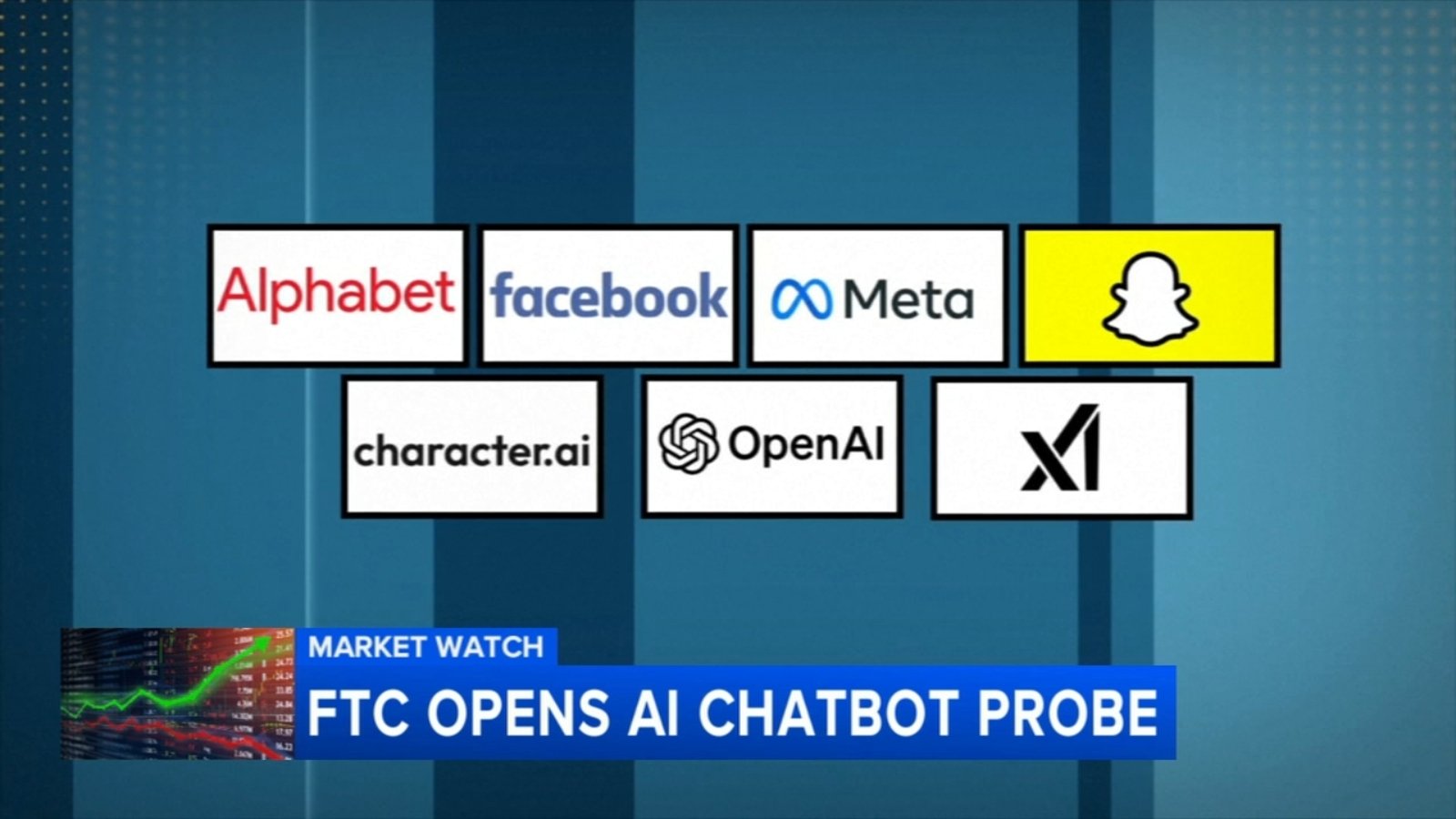An initiative steered by Concordia researchers is challenging the conversation around the direction of artificial intelligence (AI). It charges that the current trajectory is inherently biased against non-Western modes of thinking about intelligence — especially those originating from Indigenous cultures. As a way of decolonising the future of AI, they have created the Abundant Intelligences research program: an international, multi-institutional and interdisciplinary program that seeks to rethink how we conceive of AI. The driving concept behind it is the incorporation of Indigenous knowledge systems to create an inclusive, robust concept of intelligence and intelligent action, and how that can be embedded into existing and future technologies.
The full concept is described in a recent paper for the journal AI & Society.
“Artificial intelligence has inherited conceptual and intellectual ideas from past formulations of intelligence that took on certain colonial pathways to establish itself, such as emphasizing a kind of industrial or production focus,” says Ceyda Yolgörmez, a postdoctoral fellow with Abundant Intelligences and one of the paper’s authors.
They write that this scarcity mindset contributed to resource exploitation and extraction that has extended a legacy of Indigenous erasure that influences discussion around AI to this day, adds lead author Jason Edward Lewis. The professor in the Department of Design and Computation Arts is also the University Research Chair in Computational Media and the Indigenous Future Imaginary. “The Abundant Intelligences research program is about deconstructing the scarcity mindset and making room for many kinds of intelligence and ways we might think about it.”
The researchers believe this alternative approach can create an AI that is oriented toward human thriving, that preserves and supports Indigenous languages, addresses pressing environmental and sustainability issues, re-imagines public health solutions and more.
Relying on local intelligence
The community-based research program is directed from Concordia in Montreal but much of the local work will be done by individual research clusters (called pods) across Canada, in the United States and in New Zealand.
The pods will be anchored to Indigenous-centred research and media labs at Western University in Ontario, the University of Lethbridge in Alberta, the University of Hawai’i—West Oahu, Bard College in New York and Massey University in New Zealand.
They bring together Indigenous knowledge-holders, cultural practitioners, language keepers, educational institutions and community organizations with research scientists, engineers, artists and social scientists to develop new computational practices fitted to an Indigenous-centred perspective.
The researchers are also partnering with AI professionals and industry researchers, believing that the program will open new avenues of research and propose new research questions for mainstream AI research. “For example, how do you build a rigorous system out of a small amount of resource data like different Indigenous languages?” asks Yolgörmez. “How do you make multi-agent systems that are robust, recognize and support non-human actors and integrate different sorts of activities within the body of a single system?”
Lewis asserts that their approach is both complementary and alternative to mainstream AI research, particularly regarding data sets like Indigenous languages that are much smaller than the ones currently being used by industry leaders. “There is a commitment to working with data from Indigenous communities in an ethical way, compared to simply scraping the internet,” he says. “This yields miniscule amounts of data compared to what the larger companies are working with, but it presents the potential to innovate different approaches when working with small languages. That can be useful to researchers who want to take a different approach than the mainstream.
“This is one of the strengths of the decolonial approach: it’s one way to get out of this tunnel vision belief that there is only one way of doing things.”
Hēmi Whaanga, professor at Massey University in New Zealand, also contributed to the paper.
Read the cited paper: “Abundant intelligences: placing AI within Indigenous knowledge frameworks.”
— By Patrick Lejtenyi
— AB
























